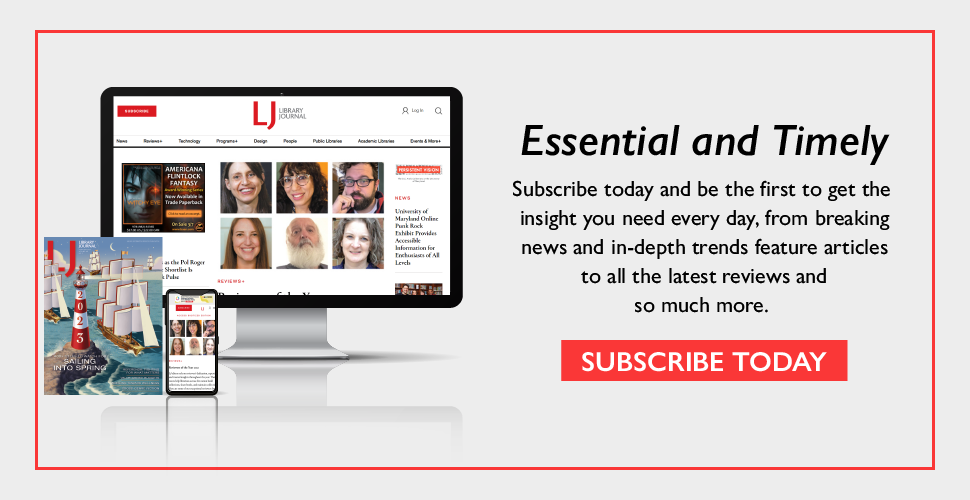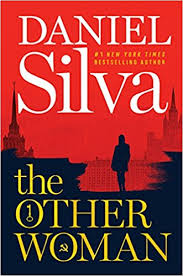Public Input Yields Greener Library Design
Discovering LEED™
Until the final design phase, there was limited discussion about building an environmentally friendly building. Most of the dialog was about why a new library was needed, where to locate the new library, and the future of the public library in general. As the emphasis shifted to design, the dialog turned aesthetic. However, throughout, participants expressed ideas directed to a greater regard for the environment. For example, the question of location led to discourse about tree preservation and reuse, quality of urban life, and walkable cities. Throughout the public input process, Jeff Scherer, FAIA, principal architect, Meyer, Scherer & Rockcastle, Ltd., asked the underlying questions that tapped into deeper issues and fears. Scherer and his project manager, Sean Wagner, AIA, heard citizens ask more specifically for "green" building technologies. Scherer and Wagner surprised me when they proposed registering the project with the LEED™ certification program, something of which I was only dimly aware. LEED™ is, in essence, an audit process for buildings. I realized that if the building were LEED™ certified, our citizens would know that their library would be as green as we advertised. I didn't know that registering for LEED™ would open up a world of possible green building technologies.Many benefits
The idea of being the first LEED™ building in the state was compelling. Our library board and even our fiscally conservative finance manager, who knew that energy efficiency meant lower operating costs, supported the idea. I had to convince our city administrators and elected officials that spending $26,000 for LEED™ registration and additional professional fees was worth it. A concise written and verbal statement of need that stressed the economic benefits and the mechanics of LEED™ won unanimous approval from our city council. It didn't hurt that the citizens had recently elected a mayor who had received the local Sierra Club chapter endorsement during his campaign. Once we got started, we evaluated which of the four levels of certification (basic, silver, gold, platinum) we'd shoot for. Achieving "basic" certification was within our immediate reach because we had already made many good decisions. Because our project budget would not support gold or platinum levels, the design team began to look at how to achieve a silver certification within our established budget.Community choice and pride
FPL's Blair Library will be green owing to dozens of subtle technologies and choices. The downtown site is close to alternative transportation and within walking distance to many users. Carpooling parking spaces and bike racks are available, as are showers for employees who bike, walk, or run to work. For water conservation, we've introduced waterless urinals, a cistern to capture and reuse rainwater for irrigation, and native and drought tolerant landscaping. For building materials, we chose rapidly renewable and sustainably harvested material and low "VOC" (volatile organic compounds) materials, adhesives, and finishes. We will exceed national energy standards for building envelope, lighting, and mechanical system design. To top it off, we used a white reflective roof and a "green" landscaped roof adjacent to an outdoor reading terrace. Because Blair Library will earn its "green" status not from a single splashy "front page" technology, we've developed some cogent images to illustrate how the many smaller decisions will make the difference to the library's bottom line, its environment, and the regional environment:- The construction waste we recycled or reused throughout the project would fill the University of Arkansas football stadium to the sixth row.
- The library's cozy fireplace and landscape retaining walls will be built with rock from the site. The meeting room podium and table will be made from a walnut tree harvested from the site.
- We will save almost one million gallons of water every year though conservation strategies.
- We will save approximately 25¢ - 35¢ per square foot, or $22,000 - $31,000, annually in utility costs over normal commercial construction in our area.
- We will open without noxious odors endemic to most new buildings.
- The south-facing views will allow natural daylight to trigger a powering down of artificial lighting.
| Author Information |
| Louise Levy Schaper is Executive Director, Fayetteville Public Library, AR |
Add Comment :-
RELATED
RECOMMENDED
TECHNOLOGY
ALREADY A SUBSCRIBER? LOG IN
We are currently offering this content for free. Sign up now to activate your personal profile, where you can save articles for future viewing








